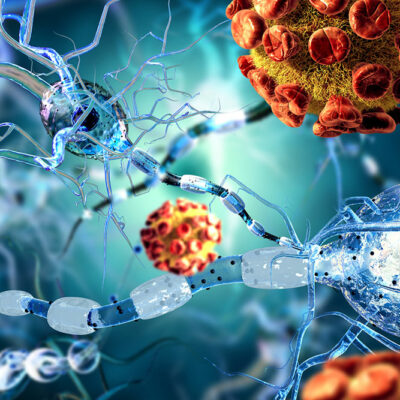
Autoimmune Disease
Causes and symptoms of multiple sclerosis
There are certain health conditions that are extremely disabling and eventually affect the quality of life. Multiple sclerosis is one such condition that is known to affect 1 million people in the country and is a potentially disabling condition. Multiple sclerosis is characterized by a malfunctioning immune system that attacks the protective sheath called myelin, which covers nerve fibers and this leads to communication problems between the brain and the rest of the body. This health condition causes the nerves to deteriorate or damages them completely. Multiple sclerosis is a long-lasting disease and it affects the brain, the spinal cord, and the optic nerves in the eyes. Different people with multiple sclerosis display different symptoms. While some have mild symptoms and aren’t in need of urgent treatment, others might face mobility issues and this will hinder their daily activities. Causes of multiple sclerosis There are no exact causes of multiple sclerosis, but research has indicated that an individual’s genes, where they live, and the air they breathe have some pivotal role in triggering the onset of the condition. The causes of multiple sclerosis are as follows: A malfunctioning immune system – Multiple sclerosis is an autoimmune disorder where the immune system goes haywire and starts attacking the myelin, a protecting sheath that protects the nerve fibers.
Read More 











